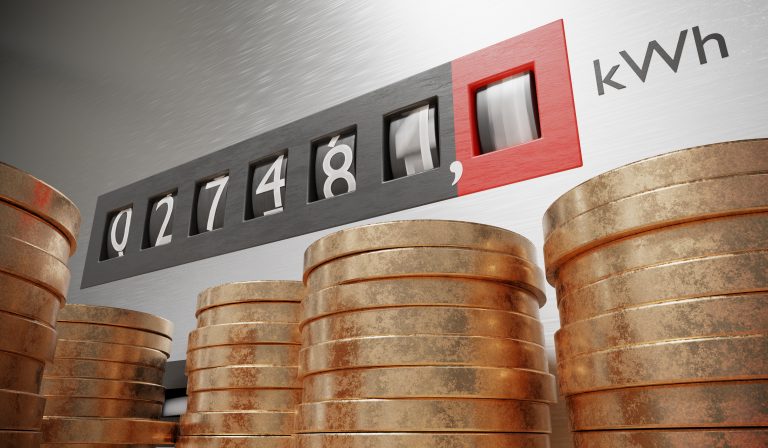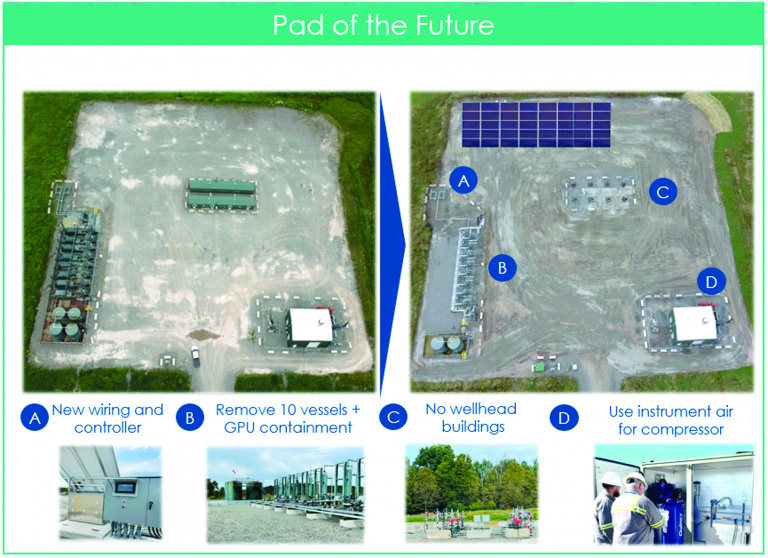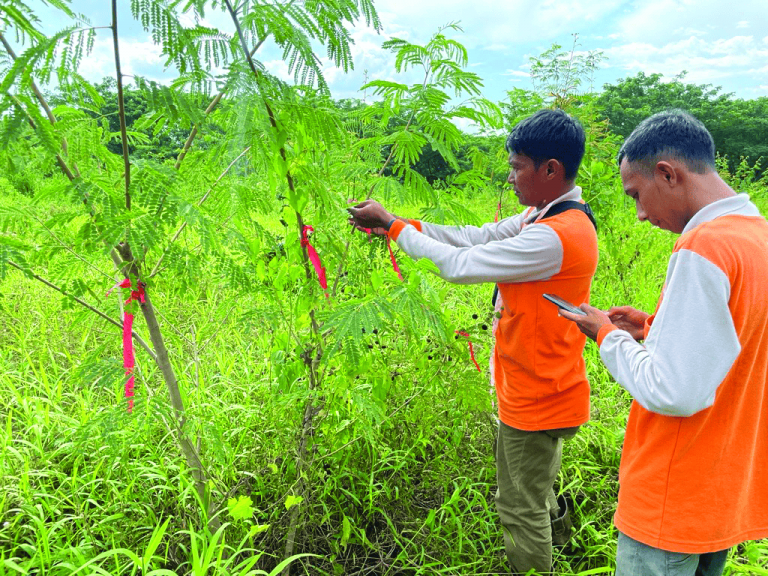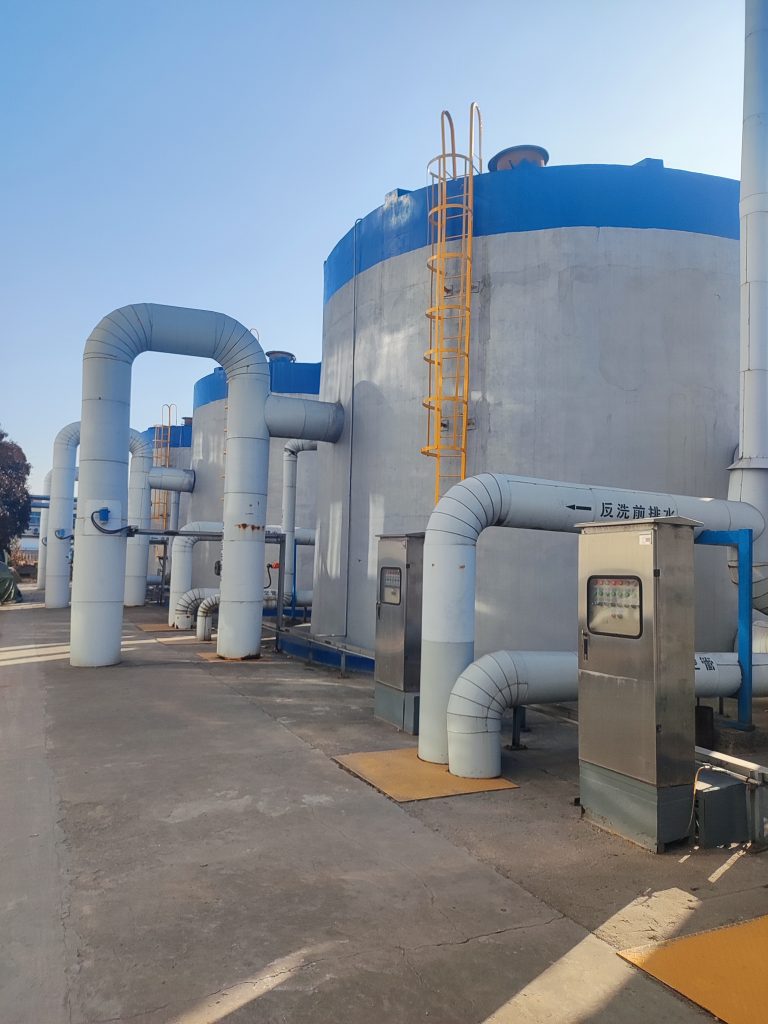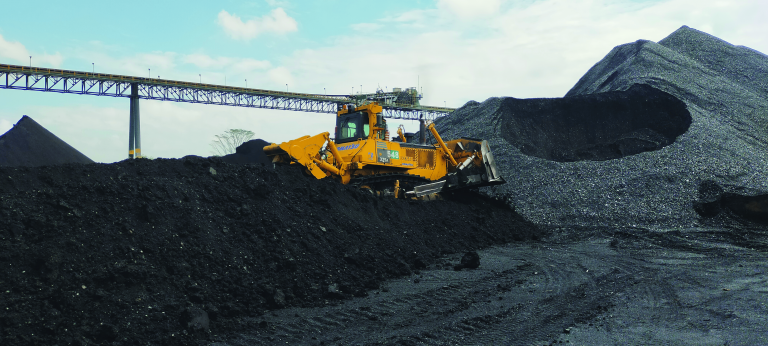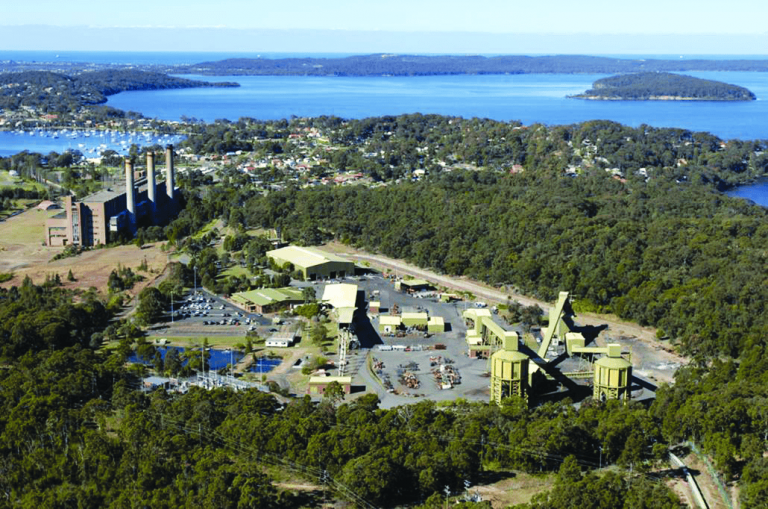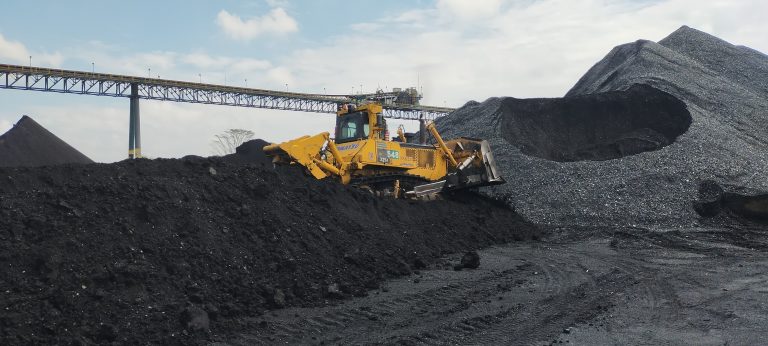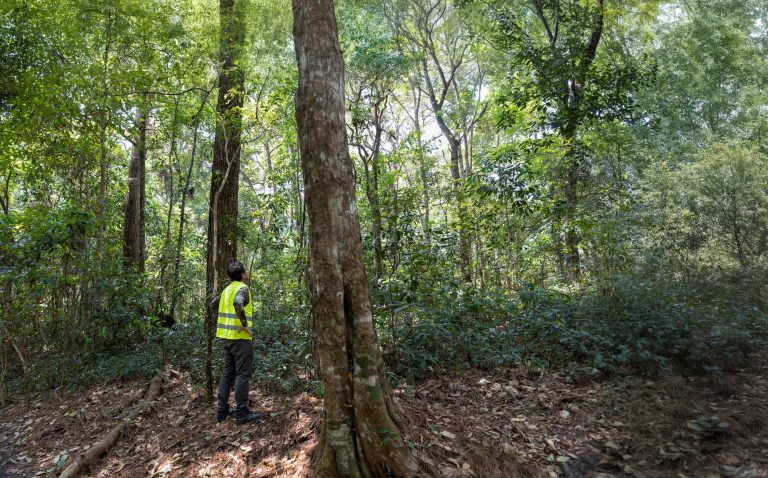
Environment Projects
Energy Reduction from Coal Handling in Indonesia
In accommodating customer demand and blending various coal types, the utilization of Low CV coal sourced from third parties has been favored. However, this type of coal tends to cause blockages within chutes during the rainy season, disrupting the seamless transfer of coal between conveyors. Such blockages not only prolong cleanup efforts but also interrupt loading processes. Traditionally, chute blockages were managed using labor-intensive techniques like high-pressure water spraying or manual removal, which were constrained by limited staff availability.<br><br>In response to the operational inefficiencies and environmental concerns linked to excessive water usage, Bontang Coal Terminal (BoCT) in Indonesia introduced an innovative solution in March 2022: “the installation of air cannons in transfer chutes”. These cannons autonomously release periodic air blasts to clear material buildup. Since implementing this system, remarkable improvements have been observed:<br>80% reduction in delays and cleanup times due to chute blockages<br>5% increase in gross loading rate<br>Annual reduction in energy consumption by approximately 538 MWh, leading to a decrease in GHG emissions of around 125 tCO2e per year.<br><br>These outcomes underscore the effectiveness of the air cannon system in enhancing operational efficiency while mitigating environmental impacts.
View MoreWater-stress Areas Identification
The Company has conducted an annual water risk assessment for all business operations using the Aqueduct Water Risk Atlas provided by the World Resource Institute. By understanding the specific risks associated with each location, water management plans can be tailored to address potential water scarcity, ensuring the water use is sustainable and does not adversely impact the local communities and environments.
View MoreIUCN Red List
The Company annually identifies the types of species that may inhabit areas surrounding the operations, alongside assessing the level of threat these species might face, with particular reference to the IUCN Red List. This information forms the foundation for crafting strategies aimed at minimizing the impact of operations on local wildlife and ecosystems.
View MorePad of the Future
BKV, a subsidiary in the US, has taken a groundbreaking step towards decarbonization with the Pad of the Future program. This flagship initiative aims to reduce emissions within NEPA and Barnett operations by integrating operational improvements and modern technology. Launched in 2021, the program is a testament to BKV’s commitment to enhancing efficiency and minimizing carbon footprint through 4 strategic pillars:<br>Pneumatic conversion: Convert natural gas-powered pneumatic controllers to compressed air on existing electrified pads.<br><br>Electrification: Where feasible, electrifying pads to supplant use of natural gas in processing units and adding solar power to support pneumatic conversions from natural gas to air.<br><br>Asset consolidation: Streamline and modernize existing pad facilities to reduce emissions caused by aging assets.<br><br>Liquid consolidation and vapor capture: Minimize onsite storage of condensate and oil by transporting liquids rich in natural gas to centralized facilities.<br><br>With an estimated investment of 35 to 40 million USD, the program is set to impact over 6,000 of BKV’s existing wells (more than 8,000 pneumatic devices and 2,000 pneumatic pumps) by the end of 2025. To date, these efforts have led to an aggregate reduction of 515,000 tCO2e in 2023 and anticipated reduction of approximately 770,000 tCO2e by the end of 2025.
View MoreGREENCODE Digital Platform
ITM, a subsidiary in Indonesia, faced with the challenge of carbon stock data gathering from the reclamation process due to manual data collection and no standard reference. This inefficiency delayed data collection and validation.<br><br>To pursue this challenge, ITM initiated the GREENCODE project, which is a digital platform and dashboard designed to ensure the validity and visibility of carbon stock data. The project was rolled out at Embalut and Jorong mine.<br><br>The introduction of GREENCODE has significantly improved the efficiency and effectiveness of reclamation monitoring. It has also enhanced decarbonization knowledge of team members. Economically, the project has delivered tangible benefits by reducing lead time to update carbon stock data of USD 36,746 annually. The Company also potentially minimizes future carbon tax and ensures reclamation compliance.
View MoreWater Treatment System Optimization in China
At Zouping power plant in China, the Company faced significant challenges due to high water consumption of demineralized water used as boiler feed water, coupled with bacterial colonies in the raw water that blocked membrane modules and reduced water treatment capacity by 15%.<br><br>To address these challenges, Zouping embarked on an initiative to optimize the water treatment processes. This involved the optimization of chemical agents and the expansion of water outlets. Extensive research was undertaken to identify the most effective chemical agents for wastewater treatment and alternative solutions for defluoridation systems. <br><br>Key Achievements from the Optimization Include:<br>· Increased recovery rate of reverses osmosis (RO) systems from 70.5% to 72.5%<br>· Extended cleaning cycle of RO units from 10 days to 50 days<br>· Prolonged service life of membrane elements doubled from 4 years to 8 years<br>· Saved approximately 56,000 tonnes of boiler feed water<br>· Saved USD 120,000 in operational and maintenance costs and additional USD 370,000 in defluoridation equipment costs
View MoreCoal Handling Optimization in Indonesia
At Bontang Coal Terminal (BoCT) in Indonesia, coal spillage along the ship loading process has been identified as a critical issue. This challenge not only leads to the port’s cleanliness but also poses environmental risks to the surrounding community and incures significant management costs. In response, BoCT embarked the “Reuse coal spillage project” by blending spilled coal back into the shipment.<br><br>This project kicks off with a comprehensive data collection utilizing a digital application. The execution phase ensures the careful integration of spillage coal back into the shipment process. This approach has led to a reduction of coal spillage dumping and conserved 4,386 tonnes of natural coal annually. Moreover, it has significantly reduced dust emissions and contamination in soil and water, thereby lowering community complaints. Financially, the project has delivered substantial economic advantages, generating additional coal revenue of USD 477,850 and reducing coal spillage management costs by USD 15,052 each year.
View MoreSurface Cracking Management
Mine Subsidence represents a critical challenge in underground mining, manifesting during or post-mining operations, with the potential to damage nearby structures and residences. The Company’s strategy is the implementation of proactive prevention and mitigation plans. These plans are developed based on thorough mine subsidence risk assessments and surface impact analysis. The Point Hatteras Extraction Plan is a blueprint designed to guide the mining operations with support by sophisticated modeling techniques that simulate the potential impacts. Furthermore, the Company has established a network of monitoring stations focused on tracking the width of surface cracks to prevent and halt subsidence before exceeding the maximum allowance limits.
View MoreMinimize Waste to Landfill by Reusing as Alternative Fuel in China
In 2021, the rising coal price broke through historical record, and low-price coal could not be purchased in local market in China.<br>To pursue this challenge, Zouping power plant looked for an opportunity to use non-coal fuel as raw materials in the power plant and found that characteristics and prices of some industrial wastes such as activated carbon in Zouping area are appropriate for burning. Trial burning of mixed coal and solid waste was conducted in a boiler to find appropriate types and amounts of solid wastes as well as blending ratios before extending to all boilers for mixed combustion test.<br><br>This conserved raw coal from burning and facilitated activated carbon disposal 9,337 tons in 2022. Moreover, in terms of social benefit, this enhanced customer satisfaction owing to positive contribution to guarantee the heat and power supply at high coal price condition as well as improved community satisfaction from facilitating industrial waste management, especially activated carbon in the area. Apart from those, the Company also earned economic benefit from saving coal burning cost and additional income from fly ash selling due to increasing of fly ash yield USD 5,775,468 as well as increased business agility and flexibility on high coal price situation.
View MoreBiodiversity Impact Assessment
The Company undertakes a biodiversity impact assessment annually across all business units. According to the assessment in 2023, 4 operating mines and 1 mining project were identified as high potential for biodiversity impact. For these identified sites, the Company has rigorously assessed their biodiversity value and developed tailored biodiversity management plans to mitigate potential impacts effectively. Additionally, the Company proactively conducted biodiversity value assessments at 3 mines in Australia despite them being categorized as low potential for biodiversity impact.
View More
